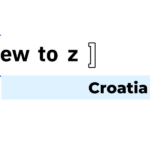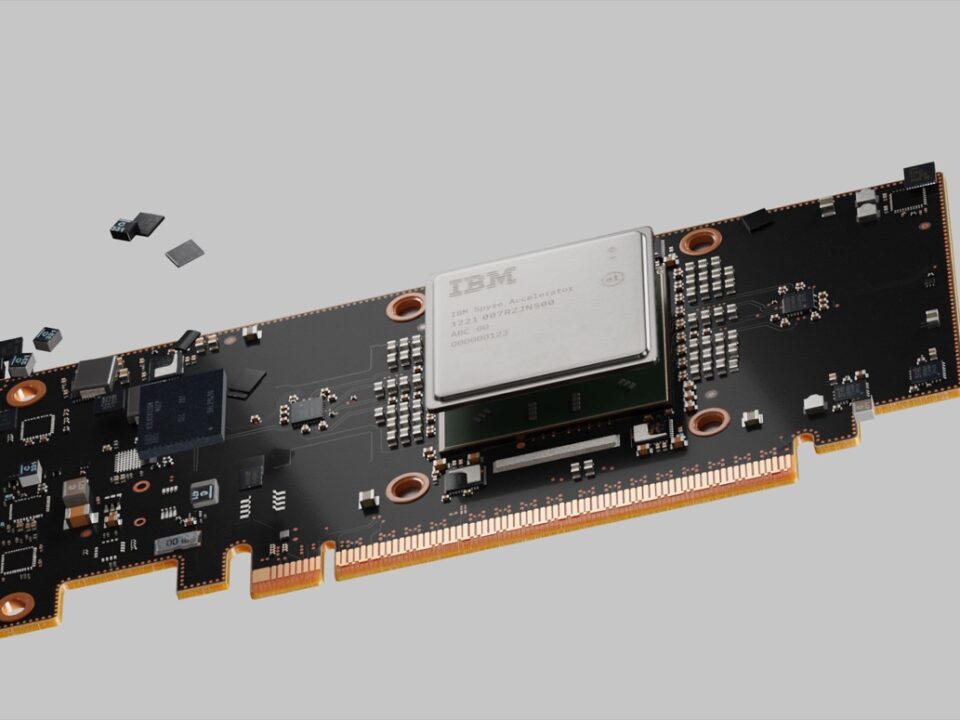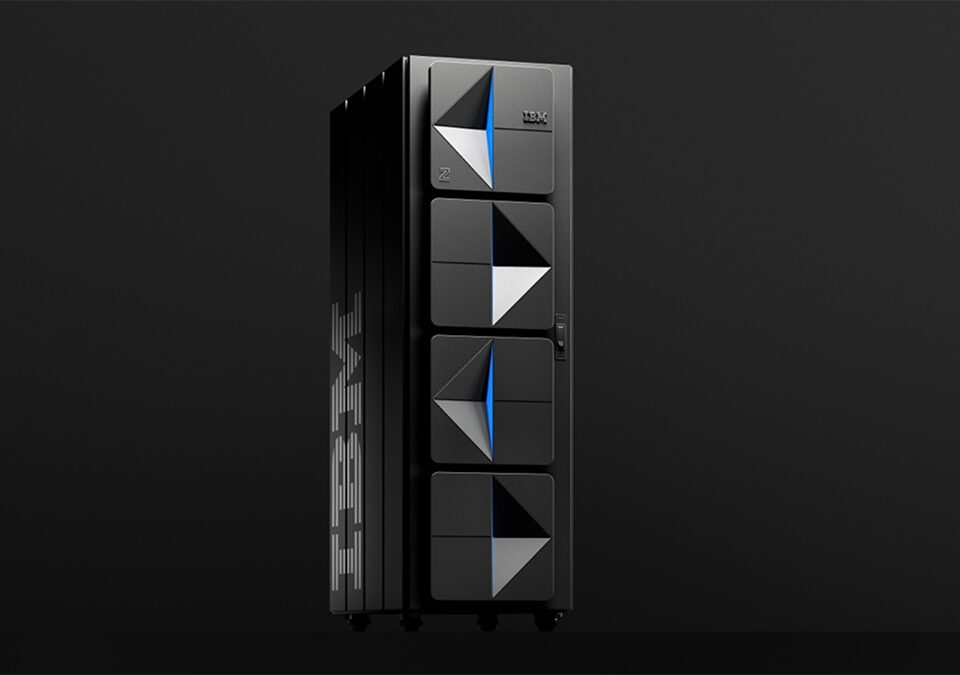
IBM odabrao Hrvatsku i osječki FERIT za novi centar edukacije i razvoja mainframe tehnologije u regiji
20. studenoga 2024.
The NEW 2 Z Chapter was founded at FERIT!
3. veljače 2025.Mainframe technology drives key business processes worldwide, and its importance is increasingly recognized by young IT professionals. We discussed the topic with Lucija Šteler, a student of the Faculty of Electrical Engineering, Computer Science and Information Technology (FERIT) in Osijek. Lucija shared how she discovered the mainframe, what attracted her the most to enroll in the course Basics of Mainframe Technology, and what her thoughts are on the future of this technology.
When did you first hear about Mainframe and how did you imagine this technology?
I first heard about mainframes during the IBM Code-a-Thon at FERIT. At first, we all thought it was old-fashioned, especially since it is often associated with “legacy” systems. However, after trying a few tasks at home, I realized it is much fresher and more modern than people typically thought.
What are the three most interesting things you’ve learned about mainframe so far?
Mainframe systems, which support many card transactions, are huge computers that almost never shut down, allowing for uninterrupted operation and easy access. Although they are often associated with outdated technologies, today, accessing IBM mainframes is also possible through modern tools such as VSCode, which breaks down the stereotype of old-fashioned tools and shows that these systems are still relevant and very accessible to work with.
What did you know about Mainframe before? Did you have an “aha!” moment?
All I knew was that it was a very long-lasting technology. My “aha!” moment was when I stopped thinking of the mainframe as an “old” technology. Today, I understand that they are flexible and modern systems for which new models are still produced and modern tools are still used.
If you could choose one popular movie or series that could be linked to Mainframe, which one would it be and why?
I would choose the movie Nerve (2016). The character Tommy is trying to solve all the problems faced by the participants of the online game, and in my opinion, the mainframe would significantly help for him to analyze the data and process all these requests in real-time.
Do you think it is important for future generations of IT professionals to learn and improve Mainframe technology?
Absolutely. Mainframe computers provide services that ordinary computers or classic servers cannot do efficiently enough As the volume of work and transactions on mainframes grows, younger generations need to learn how to work with this technology and contribute to its further development.
If you could create your Mainframe-related project, what would it be and what problem would you solve?
I was thinking about implementing Mainframe in the context of modern video games. Today, a lot of work is being shifted to servers, and Mainframe could be used for more detailed data processing and analysis to prevent cheating, optimize performance, and analyze player trends in real-time. Given the high processing capabilities, part of the processing – or even the image – could be switched to the Mainframe, which would allow low-performance computers to run more demanding games.
What advantages do you see in focusing your career on Mainframe compared to other IT fields?
The mainframe is an exceptionally stable and long-lasting field. What attracts me is that it seems more specific than other branches of IT, while also providing many different possibilities. Additionally, the people I’ve met working with Mainframes have always been willing to help and share knowledge, which isn’t always the case elsewhere.
What would you say to students who are thinking about exploring the Mainframe, but are not sure if they will find it interesting?
I would tell them the same thing I tell my colleagues—try it out. It’s really quick and easy to get started, and it’s fascinating to connect to a powerful system that is physically located, for example, in Texas. Students love the hands-on approach, and I think it’s the best way to see how interesting Mainframe is.
An interview with Lucija Šteler shows that Mainframe technology is far from “scrap metal” – constantly evolving, and backed by strong modern tools and a vital community of experts. Despite common stereotypes, the Mainframe continues to drive critical processes and plays an essential role in the secure and reliable processing of large amounts of data. Its stability and longevity attract young people like Lucija, who want to specialize in the field and thus ensure the continuity of this key technology. With new educational programs and courses, it will be even easier for future experts to get acquainted with Mainframe, develop the necessary knowledge and skills, and contribute to modern IT projects.



